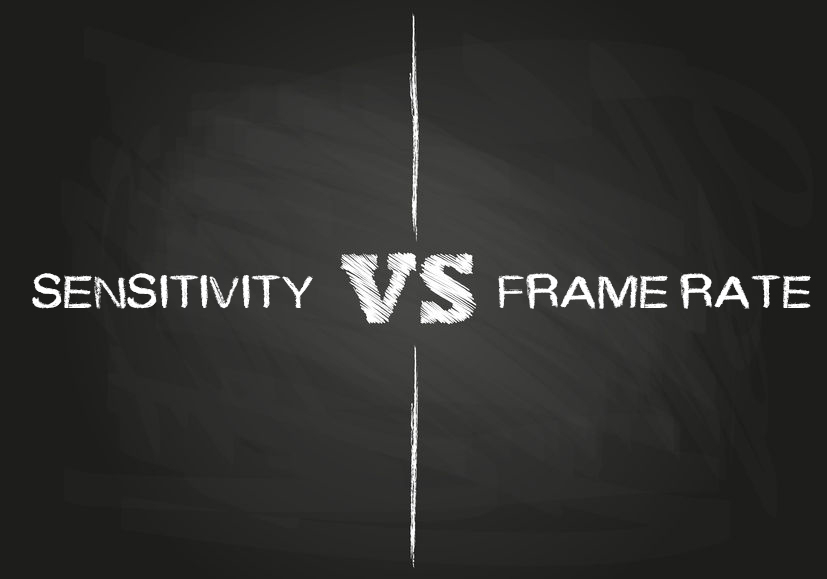When selecting a digital microscope camera for applications where a live preview in real time is crucial, such as electrophysiology, the sensitivity of the camera is a key factor as it can often affect the camera’s ability to run at its maximum speed.
There is a direct correlation between the camera’s frame rate and its exposure time: the maximum attainable frame rate in frames per second (fps) cannot surpass 1 divided by the exposure time in seconds. As an example, if a camera’s maximum frame rate is 30 fps but the exposure time is set to 100ms to obtain a sufficiently bright image, it will be impossible for the camera to run at that frame rate.
In this video, you can see that the camera could not run faster than 10 fps as it is limited by the exposure time:
With even less light, the user may be inclined to increase the exposure time even longer, further impacting the frame rate. Other mechanisms are also in place to help compensate for dimly lit specimens, but they too come with drawbacks. For instance, the camera’s gain can be increased to compensate for low light instead of increasing the exposure time. However when the gain is increased, the noise level increases as well, decreasing the quality and accuracy of the image.
Increasing the level of light cast onto the specimen is another way of shortening exposure time so as to not impact the camera’s frame rate. As simple as this solution may sound, it may not always be possible in applications such as phase contrast and dark field microscopy. Other situations where this solution is not ideal includes when the maximum lamp brightness is already being used or when extremely bright light cannot be used for risk of damaging the specimen in live cell microscopy such as in vitro fertilization.
Selecting an objective with a higher numerical aperture (NA) could also allow for more light to make its way to the camera; however they might not be available in the required magnification. Additionally, high NA objectives can come at a significant cost, especially if multiple objectives are required.
When selecting a high speed microscope camera, sensitivity should be a feature that is closely observed. The higher the camera’s sensitivity, the less light is required for each frame. This means that a highly sensitive camera will be able to run at its maximum frame rate under difficult conditions more so than a camera with less sensitivity.
If you’re looking for a high-speed, low-noise, and low-cost camera with excellent sensitivity, the brand new INFINITY-EP from Lumenera will suit your needs. Providing a frame rate of 30 fps at full resolution with zero lag and incredibly low noise, the INFINITY-EP will perform in harsh lighting conditions without compromising frame rate. If you would like more information about this newly released camera, please contact us at [email protected].



